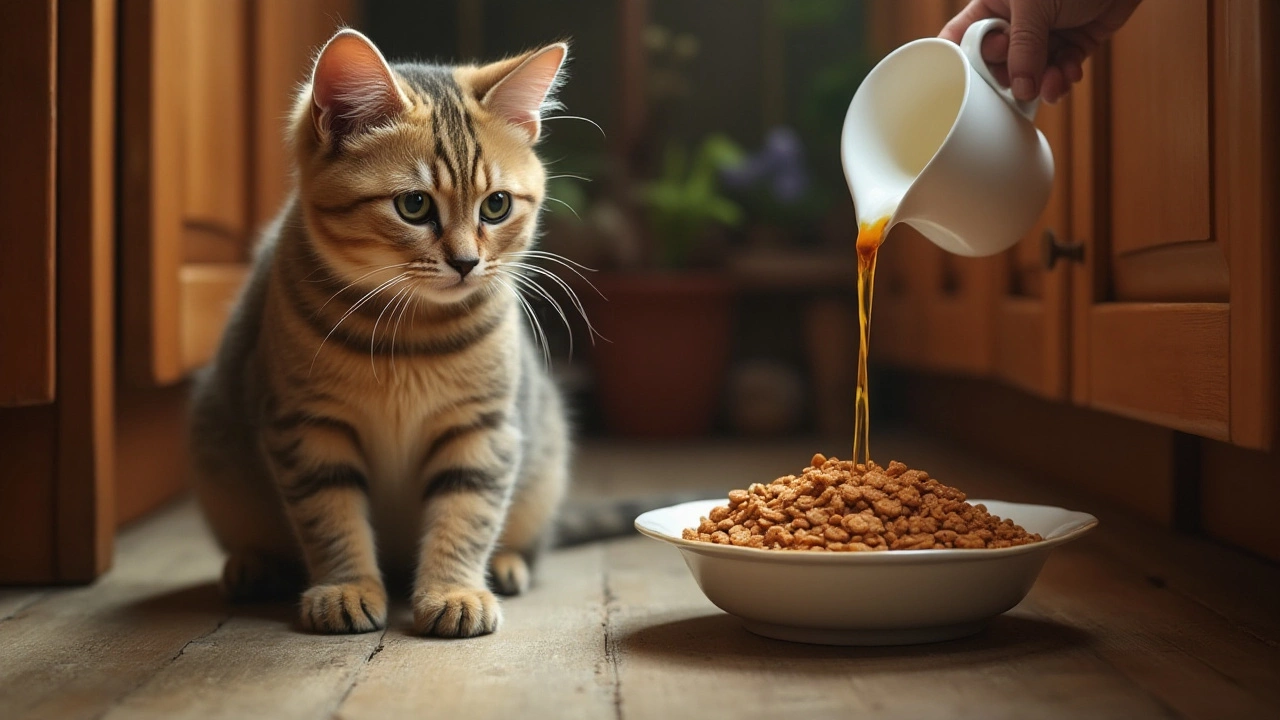Dry Food for Dogs and Cats – Simple Guide to Choosing the Best Kibble
Ever wonder why a bag of kibble sits on almost every pet shelf? It’s cheap, lasts a long time, and many owners swear by it. But not every dry food is created equal, and picking the right one can feel overwhelming. Below you’ll find straight‑forward advice that helps you decide if kibble fits your pet’s needs and how to choose a formula that actually supports health.
Benefits of Dry Food
First off, dry food is convenient. A sealed bag stays fresh for months, so you can stock up and avoid daily trips to the store. The low moisture content means it’s easy to store – no fridge needed. For dogs, the crunchy texture can help reduce tartar on teeth, giving a mild cleaning effect each bite.
Cats also eat dry food, especially if you mix it with wet meals. The high carbohydrate content fuels energy for active kittens, while the protein level keeps muscles strong. Remember, though, cats are obligate carnivores, so a dry formula that relies heavily on plant protein won’t meet their nutritional needs.
Another plus is cost. A big bag of quality kibble often works out cheaper per meal than wet food or raw diets. That makes it a realistic option for families with multiple pets.
Choosing the Right Dry Food
Start with the ingredient list. Real meat should be the first item – look for "chicken," "beef," or "salmon" rather than vague terms like "meat meal" or "animal derivatives." If the first ingredient is a grain, ask whether your pet has any sensitivities; many dogs tolerate grains fine, while some cats may benefit from grain‑free options.
Check the protein percentage. For adult dogs, aim for 18‑25% protein on a dry matter basis; puppies and active breeds need 25‑30% or more. Cats require at least 30% protein, ideally higher, because they rely on animal protein for taurine and other essential nutrients.
Watch out for fillers and artificial additives. Corn gluten, soy, and excessive wheat can be hard to digest for some pets. Look for formulas with limited fillers and no artificial colors or flavors.
Consider your pet’s life stage and any health concerns. Senior dogs often benefit from joint‑supporting glucosamine, while cats with urinary issues may need lower magnesium levels. Some brands offer special blends for weight management, sensitive stomachs, or skin health – choose one that matches your pet’s specific needs.
Storage matters, too. Keep the bag sealed tightly and store it in a cool, dry place. If the kibble gets damp, it can develop mold, which is harmful. Using a zip‑lock bag or a dedicated kibble container helps maintain freshness.
Finally, transition slowly when switching brands. Mix a small amount of the new food with the old, gradually increasing the new portion over a week. This reduces digestive upset and lets you see if your pet likes the new taste.
In short, dry food can be a solid, affordable choice for both dogs and cats when you focus on quality ingredients, proper protein levels, and your pet’s individual needs. Use the tips above, read labels like you read a grocery list, and you’ll find a kibble that keeps tails wagging and whiskers happy.
- Morgan Ainsworth
- 0 Comments
Enhancing Cat Diet: Adding Moisture to Dry Food
Dry cat food often lacks the moisture cats need for optimal hydration. Adding moisture enhances the flavor and improves hydration, which is crucial for cats' health. Simple additions like bone broth, water, or chicken broth can work wonders, and they also provide extra nutrients. It's important to maintain the right balance to cater to your feline friend's dietary needs.
View More
